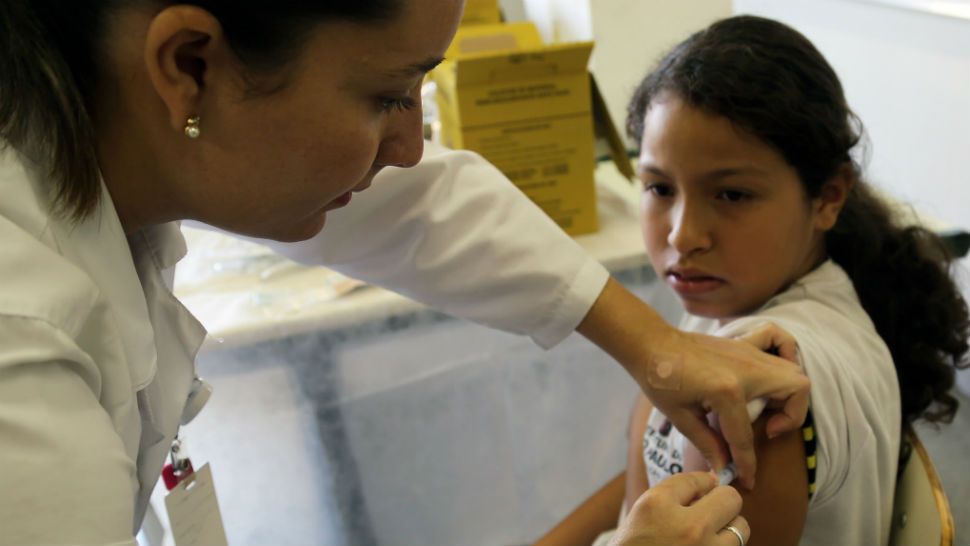LOUISVILLE, Ky. — The American Cancer Society has updated guidelines for cervical cancer screenings and it calls for "less and more simplified" screening.
The biggest change is a recommendation to begin cervical cancer screening at age 25 instead of 21. One of the reasons for the screening change is because vaccination rates have improved. The human papillomavirus (HPV) is a common viral infection and is one of the leading causes of cervical cancer, but thanks to the vaccine that has been in use for nearly 15 years, more women who are of screening age, are not experiencing precancerous changes in their cervix.
“These streamlined recommendations can improve compliance and reduce potential harms,” said Debbie Saslow PhD, managing director, HPV & GYN Cancers for the American Cancer Society. “They are made possible by some important developments that have allowed us to transform our approach to cervical cancer screening, primarily a new understanding of the role of HPV and the development of tools to address it.”
The vaccine is available for men and women. Since HPV is a sexually transmitted infection, the vaccine is recommended for both sexes.
The guidelines also recommend testing for HPV infection beginning at 25 and every five years after. This is another big change because prior guidelines recommended testing at age 30.
HPV is the cause of nearly all cervical cancers and there are three ways for doctors to screen for cervical cancer: an HPV test, a pap smear, and a combination of both called "co-testing."
Evidence shows the HPV test is more accurate than a Pap test and can be done less often. HPV testing without the Pap is being recommended every five years through the age of 65. If a person opts for co-testing, it should also be done every five years. If you go in for a Pap test alone those should be done every three years for now. Not all labs have transitioned over to primary HPV testing.
“We estimate that compared with the currently recommended strategy of cytology (Pap testing) alone beginning at age 21 and switching to co-testing at age 30 years, starting with primary HPV testing at age 25 prevented 13% more cervical cancers and 7% more cervical cancer deaths,” said Dr. Saslow. “Our model showed we could do that with a 9% increase in follow-up procedures, but with 45% fewer tests required overall.”
Regardless of which test is used, experts say young women shouldn't interpret the new guidelines to mean they can avoid going to the gynecologist for a few more years. The most important thing to remember is to get screened regularly regardless of the test used.



